John Lewis-Stempel: The stained-glass window made by nature
Plodding home in the gloaming, through a wood stripped bare by November gales, John Lewis-Stempel stumbles across a magical fairy ring of wood-blewit fungi

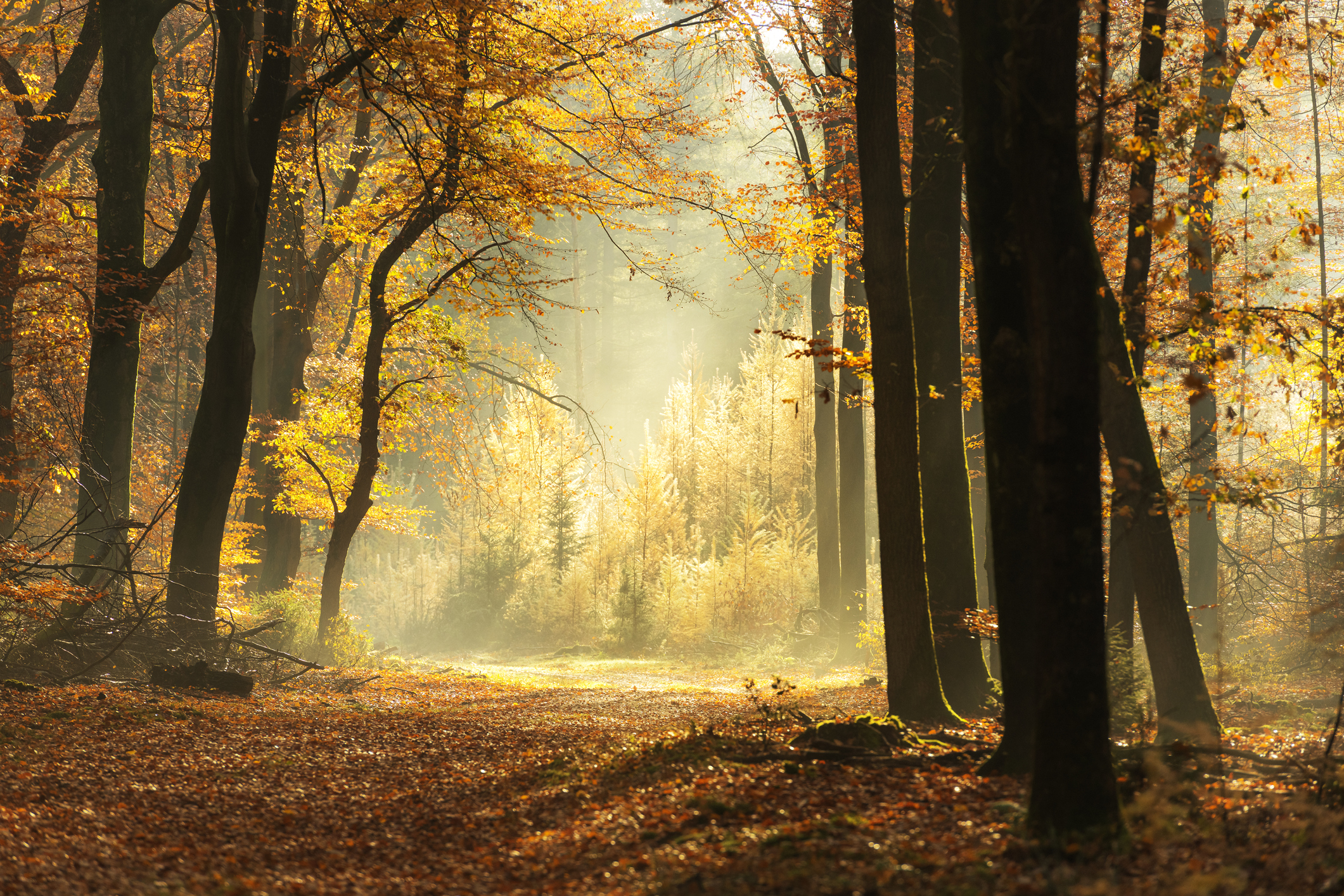
Into the November wood, the low mist seeping in from a Victorian graveyard. And it is cold, the sort of cold that enters the marrow of the bone and the core of the soul. Ahead in the ash tree, a roosting pigeon is puffed into a ball and birch trees are already studded by stars. Overhead in the late evening sky, a single jet aeroplane, a flaming red arrow, heading to a place I will never know and likely never visit. The gale last week — and gales and November go together like April and ‘shoures’ — ripped the leaves off almost everything arboreal except the holly and oak; at the top of the bare ash, the revealed blot of a magpie’s nest.
Silence, except for the slight slush of my feet through the wet leaf litter, the panting of the labrador, the chinking of a blackbird and, at the far end of the wood, the fading radio chatter of starlings — the sounds of a wood settling down for the night. Then, nearby, the scream of a jay, and a diminishing glimpse of the light-bulb flash of its rump. And the darkening silence lies in shards.
The November wood belongs to the foragers and the scavengers. For a week, the pigs have been snouting around for fallen acorns, the ancient right of ‘pannage’; the jays steal the acorns off the branches to hoard them in winter pantries, which are sometimes holes in trees and sometimes holes in the ground. Each bird can collect 5,000 acorns. Some of the oak’s buried bounty will be retrieved in days of dearth by the jay, some will be forgotten and sprout as saplings in the spring. Traditionally, the jay was considered a pest and was widely persecuted in the 19th century. (The word ‘jay’ in the lexicons of slang is always pejorative, hence ‘jaywalking’ and ‘popinjay’.) Better, perhaps, to think of Garrulus glandarius as woodland’s best feathered friend. It is entirely possible that jays planted half the oakwood of Britain.
On. On along the twisting path, the evening wood again fallen into its sepulchral quiet. Around the beech, around the holly grove. Who first made the path through the wood? I fondly imagine a Hardy-esque wight trotting to meet his beloved Judith in a glade, then it occurs to me that the founders of the path were the wild animals, whose generations of feet in ancient time dinned the path into the red clay. Only to human eyes does the way through the wood chicane incomprehensibly; to paw and hoof, the path avoids the wet. It’s a dry run.
"The sky became a sheet of sapphire cut into illimitable shapes by the stark black branches"
Our pigs, when they came home for tea today, followed the way of their boar ancestors. The land is a palimpsest on which the animals and we rewrite eternally. At the hazel tree the pigs use as a scratching post, its trunk as polished as a gunstock, the dog and I go off piste. The dog halts by a wire-cage of bramble; the shadow of a hen pheasant slinks down to the ground. ‘Go on,’ I urge the dog in the silence of the November wood in the late evening. We are in a hurry, but only because I am hungry. Such are the impenetrable inconsistencies of humans that I then stop: on a fallen fragment of oak bough is a startling lump of Tremella mesenterica, commonly called yellow brain fungus (the name is its description). I stick the stick into my jacket pocket as an aide-mémoire. Is yellow brain edible? A fact to look up at home. My mnemonics are usually notes on bits of paper, stored in the pocket or the tool box of the tractor. The Victorian naturalist W. H. Hudson described the habit of jotting down Nature notes as ‘gathering sticks’, a pleasing simile. Today, I have taken him at his word.
Then, there they were, under the forked oak, the two fairy rings of wood blewits I had noted in the morning when on the trail of an amorous ram that had decided his own harem was insufficient for his appetites. Then, I did not have a knife — wood-blewit mushrooms should always be cut, not pulled, for the sake of the great subterranean mycelium of which they are the above-earth fruit — but now I set my knife to work. Here in the sheltered heart of the wood, the mist with its disinfectant smell is all but absent, and my nose fills with the tobacco scent of decomposing oak leaves and, more fragrant still, the floral ottar of the wood blewits.

Even in the gloaming, the distinctive violet blush of the blewits is apparent; they shine with unearthly purple radiance, like things from another world (which, in a sense, they are). People once believed that fairy rings of blewits were the ballrooms of pixies or portals to the spirit world and, kneeling before the mushroom circles in the darkening November wood, such notions do not seem entirely fanciful. The blewit’s reputation as a magic mushroom was enhanced by its strange timing; Lepista nuda only appears when the temperature is constantly below 17˚C. The blewit lives in the winter wood when other mushrooms are kissed to death by frost. There were 20 blewits in each ring, the most I have ever seen — I took half the bounty and left half for Nature. If blewits look good on the woodland floor, they taste divine on the plate, their flowery perfume translating into flavour on the tongue.
Exquisite houses, the beauty of Nature, and how to get the most from your life, straight to your inbox.
The dog and I started for home in the near-dark, taking the well-trodden way through the wood, both of us on auto-pilot and drooling for our dinner. Somewhere, a tawny owl kerwick-ed, another responded, like sentries exchanging a warning.
The sky became a sheet of sapphire cut into illimitable shapes by the stark black branches of the trees, a stained-glass window made by nature. And so ended the day in the November wood.
Twice crowned victor of the Wainwright Prize for Nature writing, for ‘Where Poppies Blow’ and ‘Meadowland’, John Lewis-Stempel’s latest book, ‘Nightwalking’, is out now (Doubleday, £9.99)
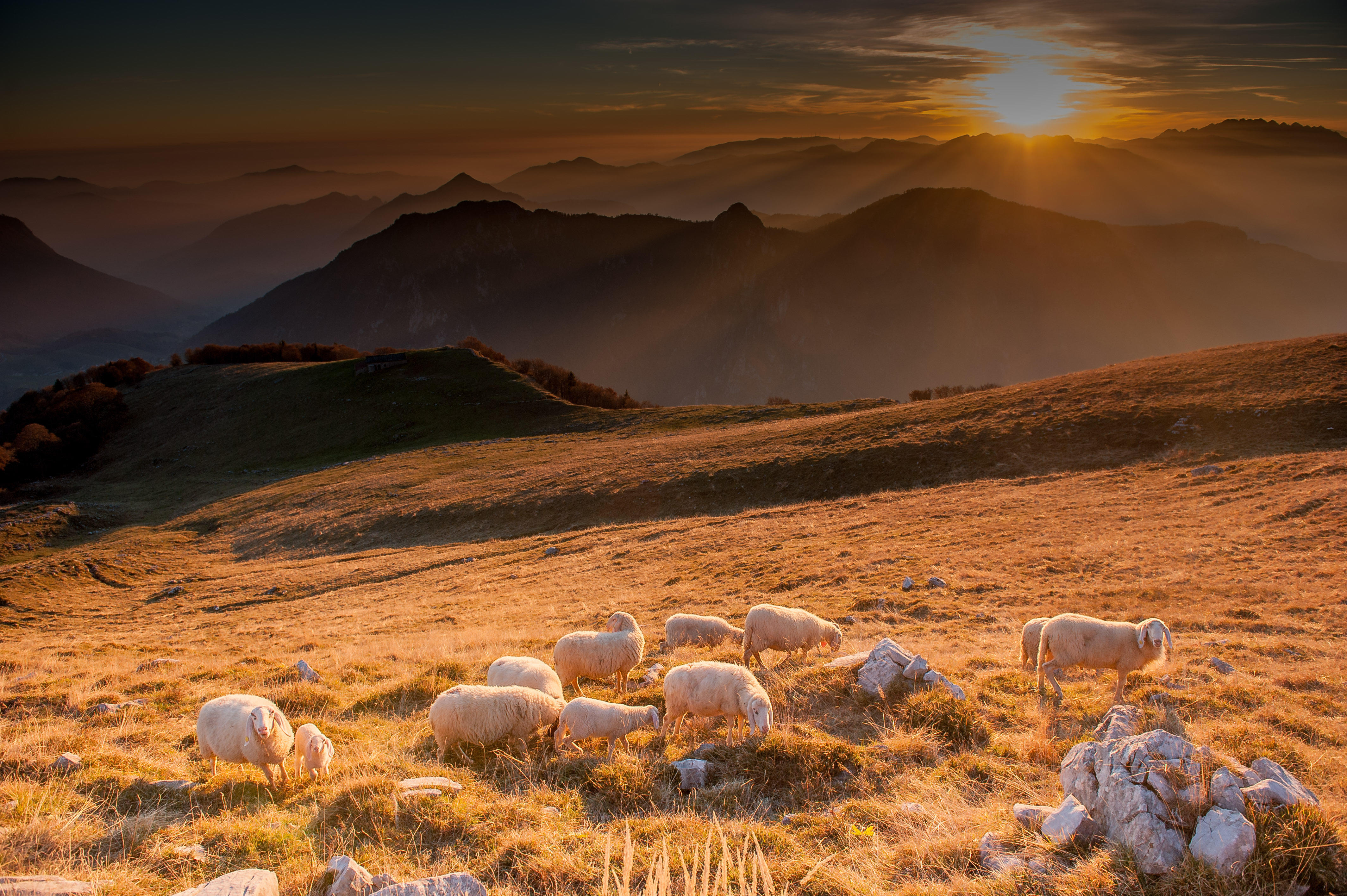
Credit: Alamy Stock Photo
John Lewis-Stempel: Here’s looking at ewe, kid
Tasked with shearing his neighbour’s sheep late on a warm June night, the clickety-click of John Lewis-Stempel’s metal hand-shears is
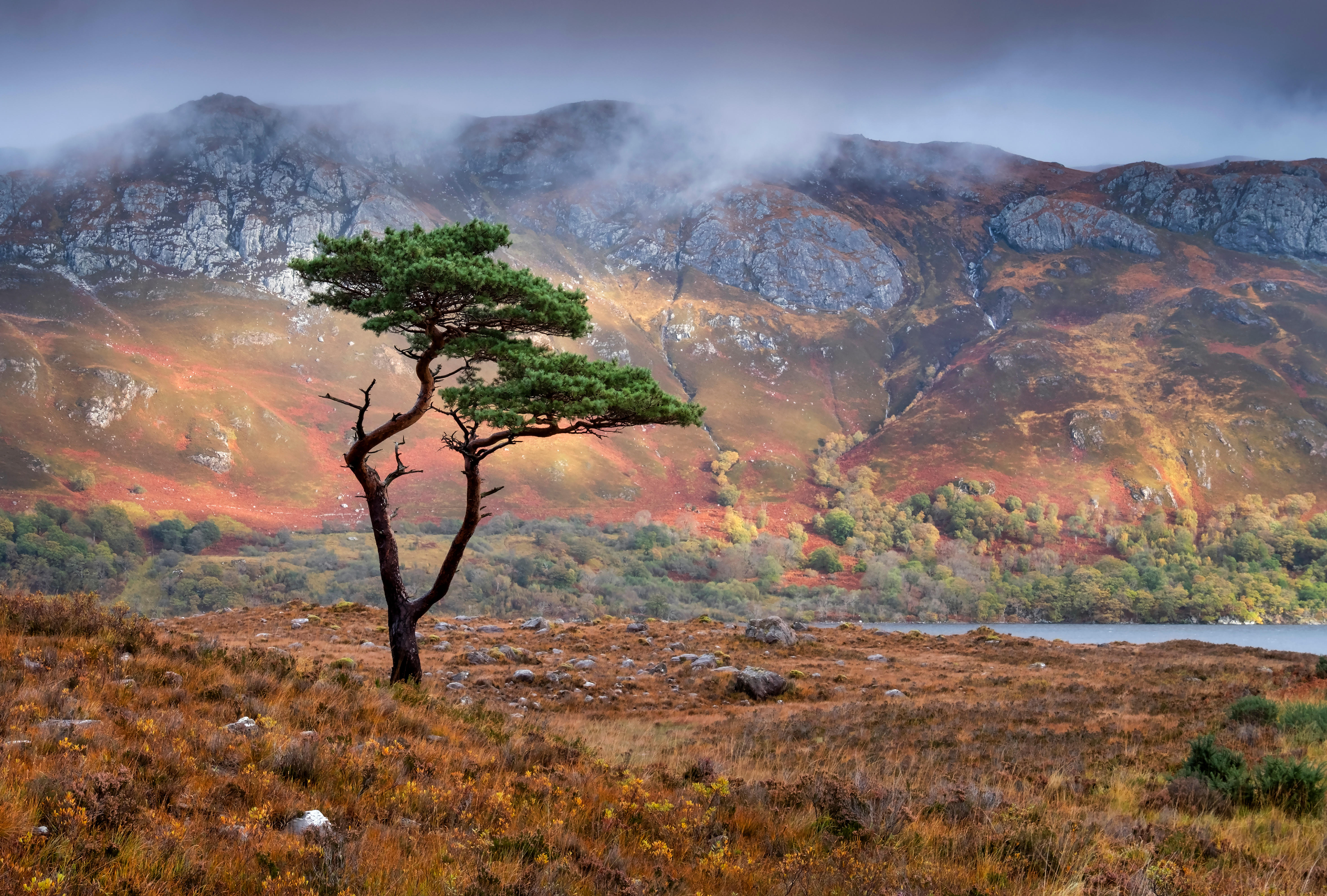
The 10 best trees you'll find in Britain, from Alder to Scots Pine
John Lewis-Stempel picks out his ten favourite British trees.

Credit: Philip Bannister / Country Life
The extraordinary writing which made John Lewis-Stempel Columnist of the Year
Read three of the beautiful, evocative articles which made Country Life's John Lewis-Stempel the Columnist of the Year.
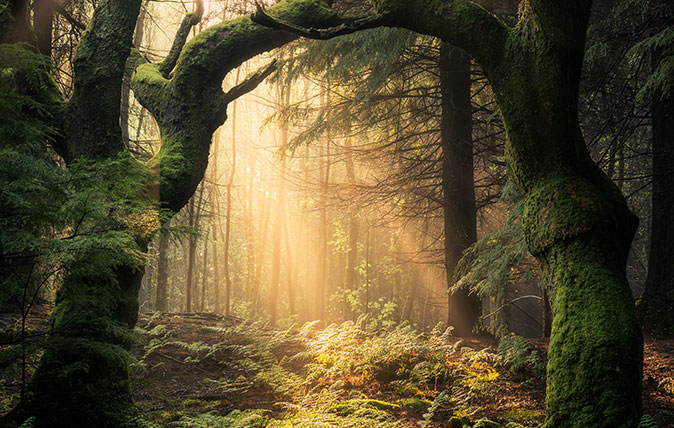
Credit: Guardians of the Forest, Llanrhychwyn, Snowdonia, Wales ©Simon Baxter / Landscape Photographer of the Year
A walk in the woods: Tranquility, beauty, and a 500,000-year-old connection to our ancestors
John Lewis-Stempel appreciates the calm tranquillity of woodland as he wanders through his own treasured Cockshutt Wood.

Curious Questions: Are snowflakes really all unique?
Award-winning writer John Lewis-Stempel's soul is moved both by the art and the science of the snowflake.
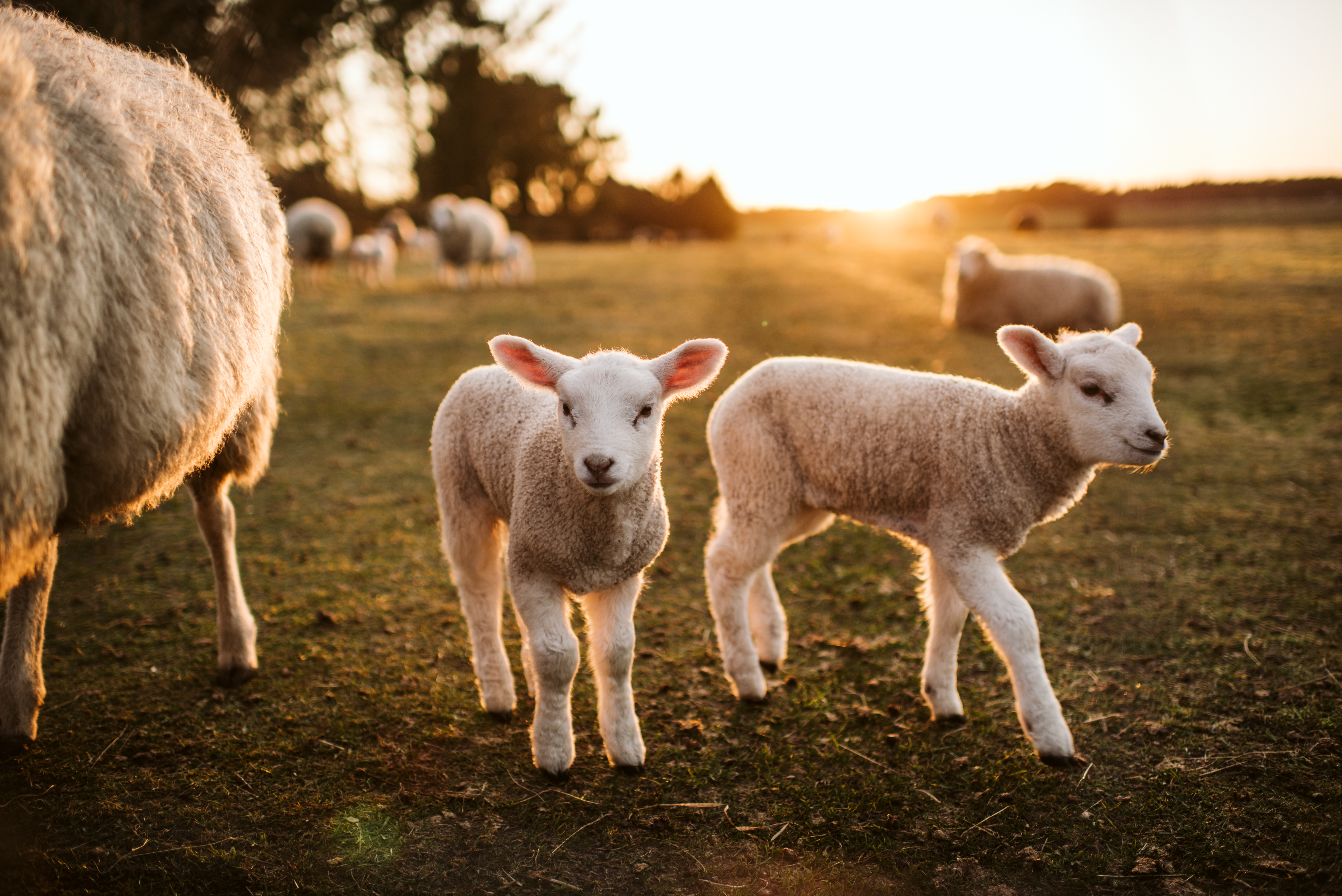
Credit: Getty
Snow, rubber gloves, lubricant gel... and moments of wonder and joy: The reality of lambing in winter
John Lewis-Stempel's dispatches from lambing season focus on the early March snows which made a tough job into an battle.

Hibernation: How it works, why animals do it, and the creature that can sleep for up to 11 months
Dormice sleep for months, hedgehogs snore in quilts of moss and wood frogs turn to ice — a spellbound John Lewis-Stempel
